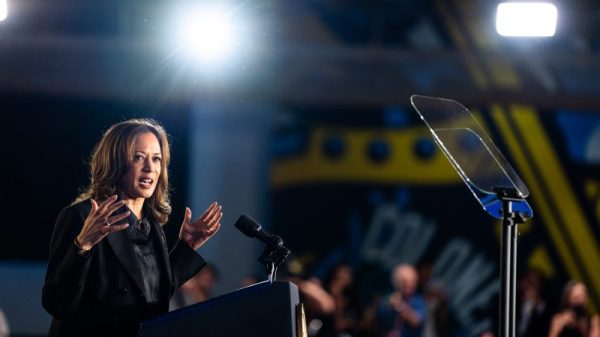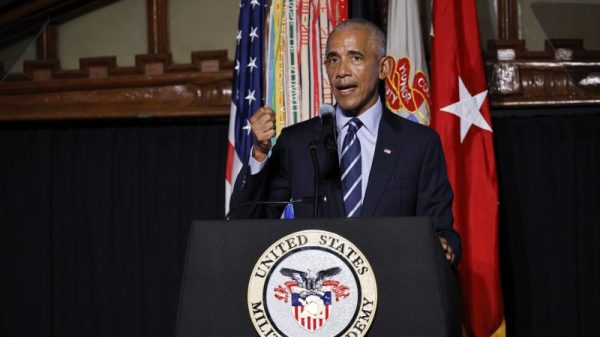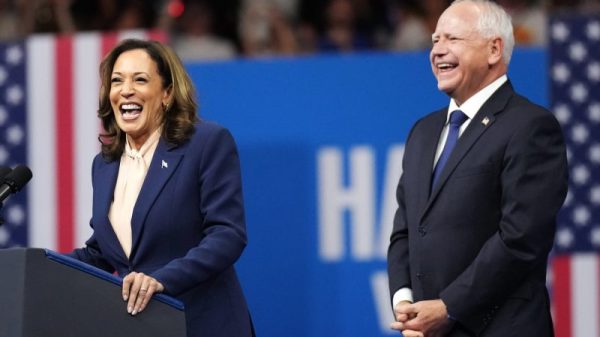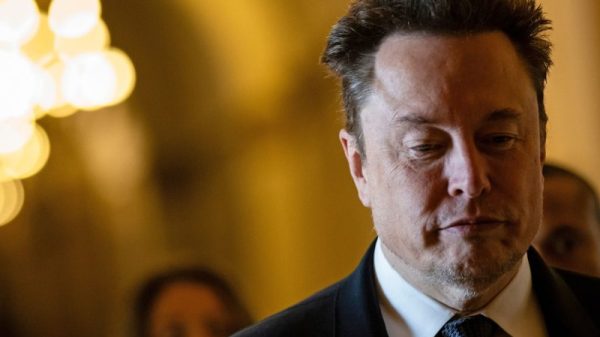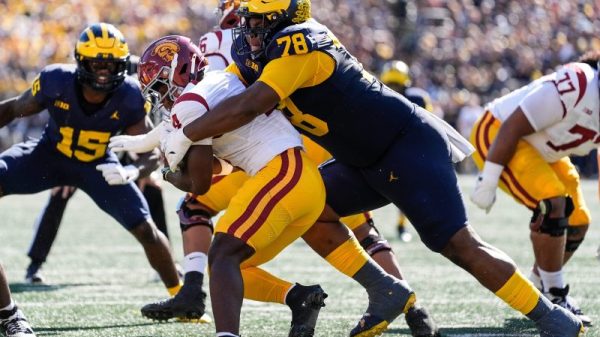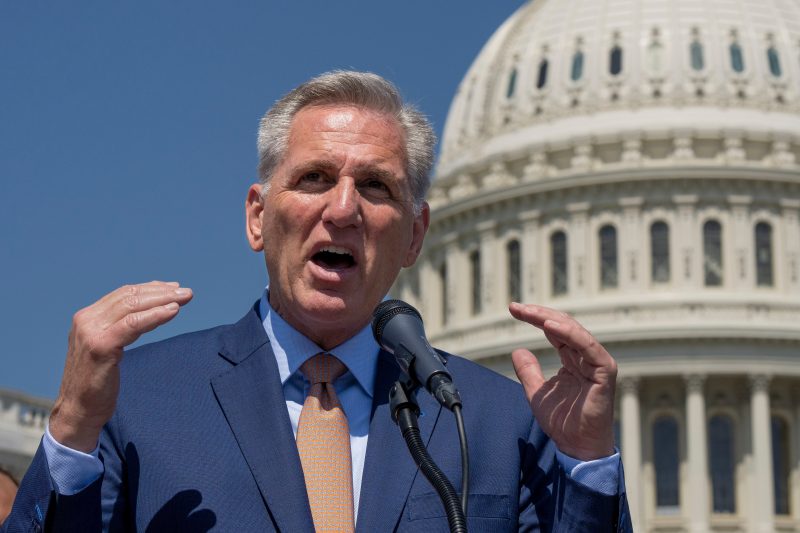Imagine the doting parent of a spoiled college student. He provides his son with a credit card to be used for entertainment but sets a strict limit: The student is allowed only $1,000 to spend over the course of the semester.
By week four, the student has racked up $950 in charges. So the parent relents: The limit now is $1,200 for the semester. And by week six, the student has hit the limit.
Fine, his father says: $1,500 this semester, but that’s it. No more. And that limit holds until week nine.
By the end of the semester, the limit — now at $5,000 — has been exceeded. The card’s balance is $5,500.
Clearly, the limit didn’t work. But the parent has little choice: pay the bill or see his credit rating tank. The money’s been spent, after all. What choice does he have?
The analogy here, in case the headline up there didn’t give it away, is the federal debt limit, the legislative constraint on how much debt the government is allowed to accrue. The point of this article, though, isn’t to make the case that the incurred costs should be paid. It is, instead, to ask a related question.
In the example of the parent and the college student, is there any indication that the limit actually worked as intended? Is there any sign that the constraint limited the student’s spending? Or does it seem more like the spending drove the limit, rather than the opposite?
It is certainly possible that, at some point over the century that a debt limit has been in place, someone in Congress eyed it with a sigh as they zeroed out some item in an appropriations bill. It is possible, to extend our initial analogy, that the student was going to get another round but, on at least one night, declined. Maybe, in that sense the limits had the effect of containing costs.
But it is very clear that, particularly in the last two decades, the limit has otherwise been pushed up by increasing debt rather than push federal debt down. That’s when the limit is in place, mind you, which it wasn’t for much of the past five years.
This is how the debt (yellow line) compares to the debt limit (black line and shaded areas). You can see the debt push past the limit that was in place at the start of the century and keep climbing higher ever since. More and more drinks on the tab.
That period in the late 1990s, though, did look different. Was it the case that the debt limit was keeping an effective cap on the federal debt?
The longest stretch in the past 30 years during which the limit wasn’t raised was between August 1997 and June 2002. The limit was raised from $5.5 trillion to $5.95 trillion in that first month, and the debt itself didn’t reach that level until early 2002, as the United States was expanding its military presence in Afghanistan following the Sept. 11, 2001, terrorist attacks.
Why no need to raise the debt limit? Well, unusually for the federal government, it was often running a surplus. The booming economy and new taxes helped the government bring in more money than it was spending, yielding budget surpluses in 26 months during that stretch. As a result, the debt grew more slowly — or even declined.
There was certainly political pressure (particularly thanks to the new Republican House majority that took power in 1995) to keep the debt from going up. But that was almost never framed in the context of the debt limit. Instead, constraints on debt were presented important on their merits.
In mid-2000, a remarkable proposal was made. Republicans in the House proposed reducing the debt limit, something that had never been done since the limit was implemented in 1917.
It didn’t happen. It is still the case that the debt limit has never gone down, only up (or, more recently, set aside entirely for long stretches).
That, by itself, bolsters our thesis. If the debt limit is always being pushed up, in what sense is it a limit?
Or, as we might ask about the efforts by that parent to contain his son’s revelry: what’s the point?


